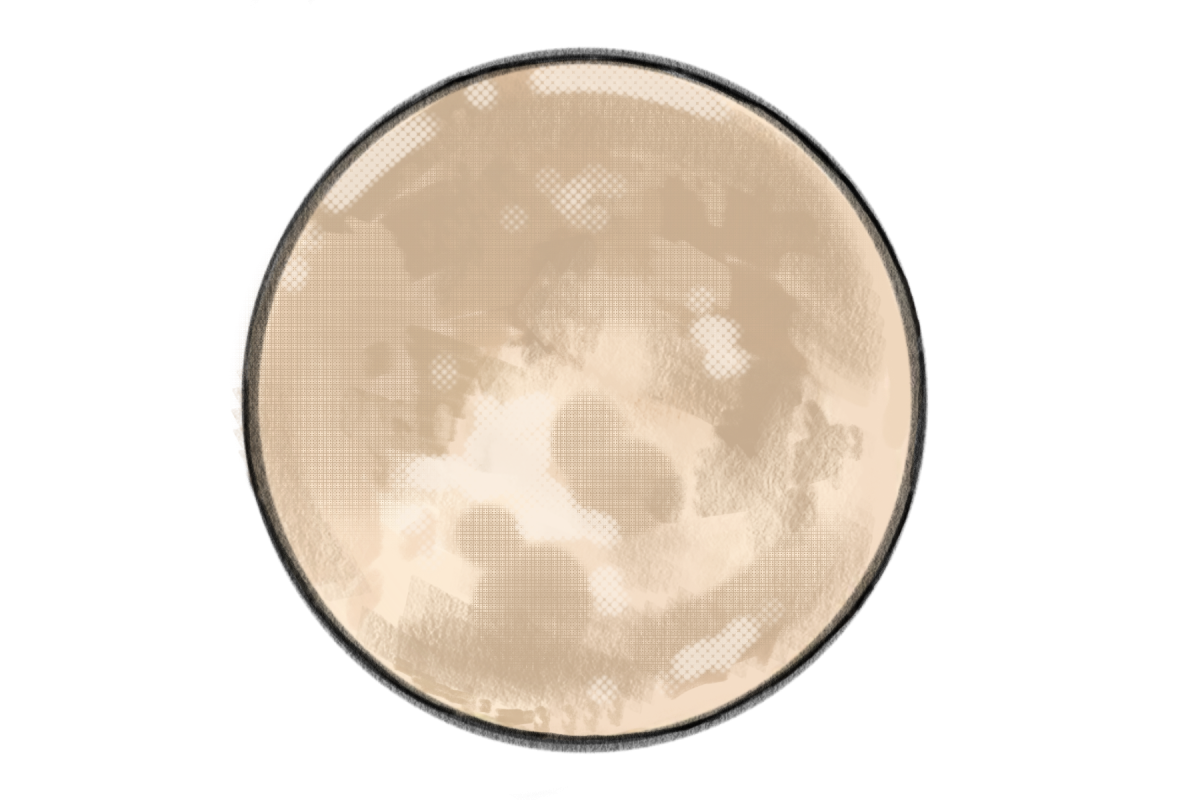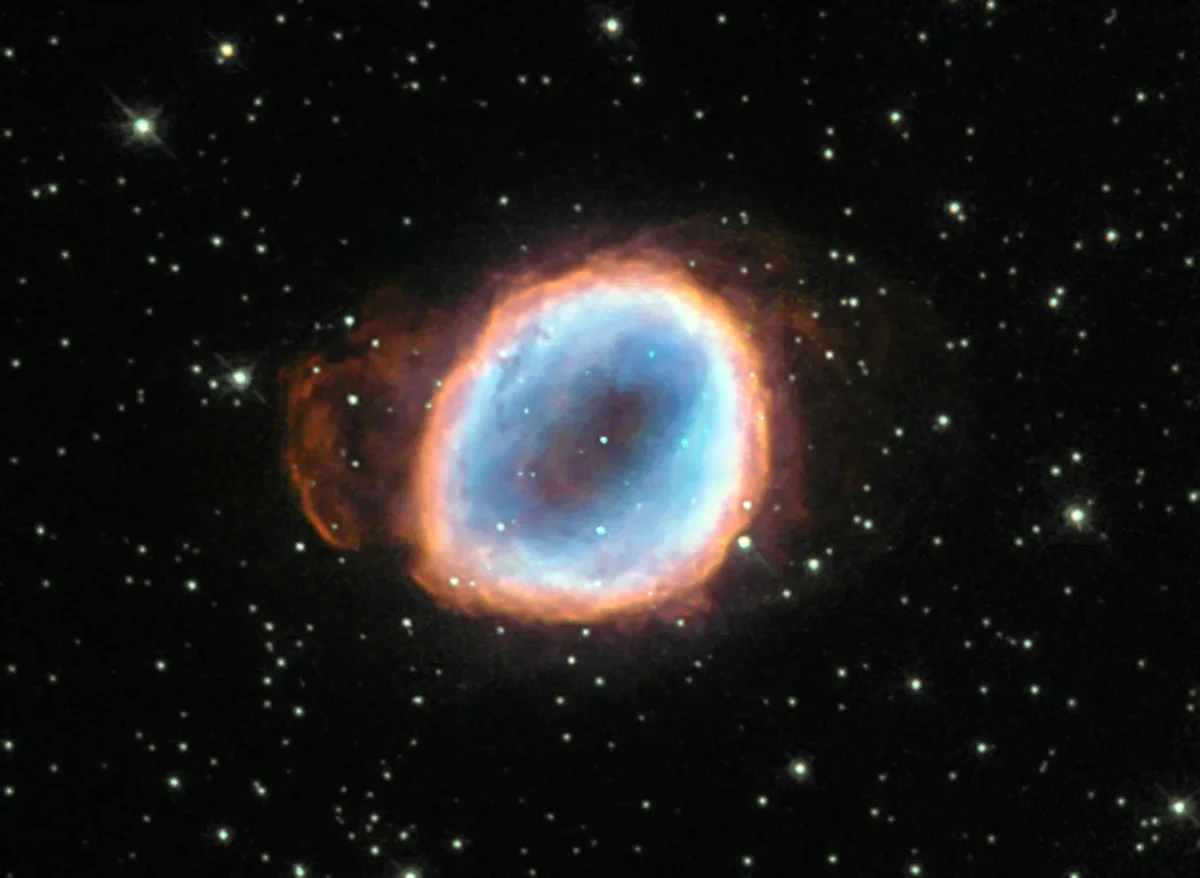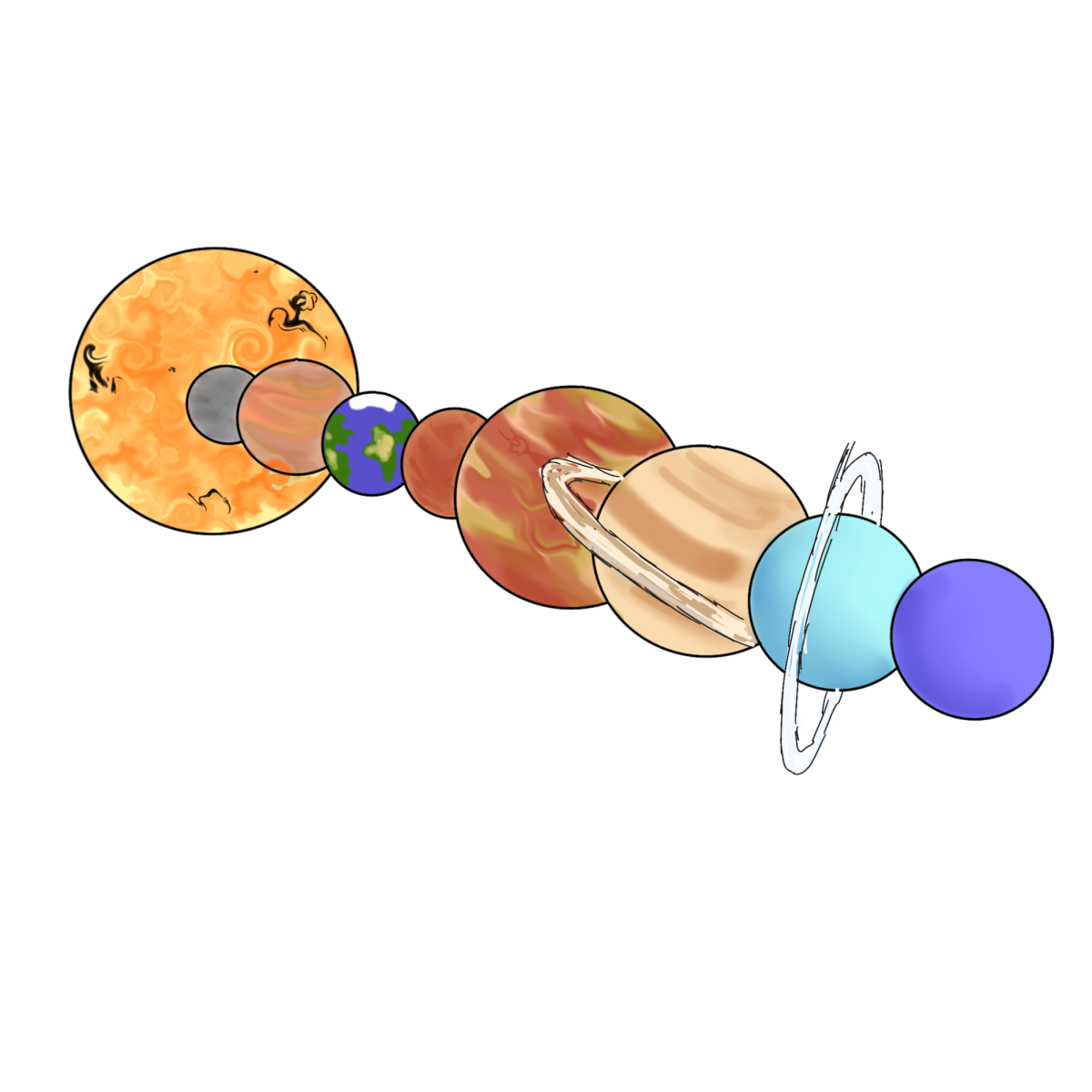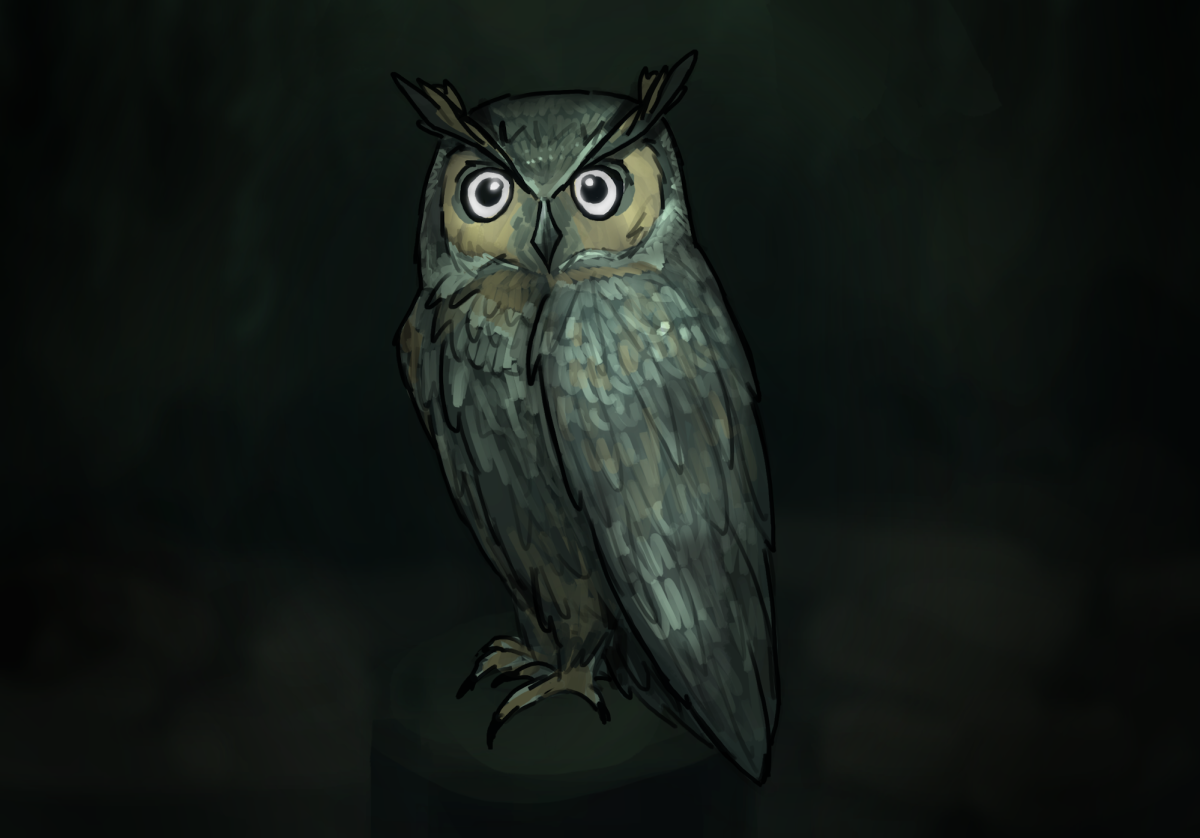On Aug. 23, a historic breakthrough in science was made; a spacecraft had landed near the South Pole of the Moon for the first time. This was a mission done by the Indian Space Research Organization, and this mission was called Chandrayaan 3. Many major figures are behind this accomplishment, but just a few include S. Somanath, the Chairman of ISRO and P. Veeramuthuvel, the Project Director.
This successful mission was highly significant, not only because this hadn’t been done before, but that there were many failed attempts in the past to achieve this. Some failed attempts were India’s Chandrayaan 2 in 2019, Israel’s Beresheet in 2019, Japan’s Hakuto-R Mission 1 in 2022 and most recently, Russia’s Luna-25 in 2023.
What is even more impressive is that Chandrayaan 3 was less costly than these failed attempts. Beresheet and Chandrayaan 2 were estimated to have cost 100 million dollars, and Luna 25 cost 200 hundred million dollars. Chandrayan 3 cost only $75 million, which is a fourth less than Beresheet or Chandrayaan 2 and less than half the cost of Luna 25. This really goes to show that money cannot buy everything.
Landing a spacecraft onto the South Pole of the Moon was like a test on humanity. It was an immensely tough accomplishment that took grit, hard work and skill. All successful Moon landings before Chandrayaan 3 were all near the equator of the Moon for a reason; the South Pole was very difficult to land on, explaining the many failed attempts to land in the past.
The South Pole is arduous to land on due to numerous factors, one being the rugged terrain of craters and scarps (steep banks or slopes) on the Moon’s surface. Another factor that made the landing even tougher was the darkness at the South Pole of the Moon. This darkness comes from tall mountains on the Moon that cast large shadows over the South Pole. It is no surprise that according to LiveMint, the director of the Space Applications Center for the Chandrayaan 3 mission described the process of landing the spacecraft on the Moon as “17 minutes of terror.”
The timeline of Chandrayaan 3 from launch to landing consists of six major events, starting with the launch on July 3. After that, on Aug. 5, the spacecraft entered orbit around the Moon. Then, on Aug. 17, the lander module (called “Vikram”) lost the propulsion module, which carried and boosted the lander module to the Moon. Next, on Aug. 18 and 20, the lander module began to deboost and slow down in orbit near the Moon to prepare for landing. Finally, on Aug. 23, the lander module finally landed on the Moon. The very next day, the lander module released its rover (called “Pragyan”) onto the Moon. Pragyan, the rover, is supposed to pick up data from the Moon.
The rover found much data on the southern pole of the Moon, including surface temperatures of soil and data on lunar seismic activity or Moonquakes. In addition, Pragyan found a variety of minerals on the Moon, but a significant finding out of those minerals was the discovery of raw sulfur in the southern area of the Moon. This discovery of sulfur gives the scientists behind Chandrayaan 3 knowledge on the geological history of the Moon and that it shows proof of water ice on the Moon.
This successful mission also has a positive effect on society. One sophomore said that he is inspired by the achievement of Chandrayaan 3 because the mission succeeded with a much lower cost compared to the missions of other countries that had failed trying to accomplish the same thing. In addition to that, another sophomore, who was of an Indian ethnicity, claimed that this was “a great achievement” and that it made him “proud to be an Indian.” Evidently, society has been inspired by the achievement of Chandrayaan 3, and this achievement has also increased patriotism.
The young children of today’s society are inspired by this achievement, as well, and this achievement may prompt them to go on to pursue a career in the field of space to make more breakthroughs. The positive impact Chandrayaan 3 has had on society and the world of science is astounding, and the achievement of getting the spacecraft on the Moon is remarkable. Chandrayaan 3 was a difficult and great achievement by mankind.








